by Andrea Kautz
When a permitted hunter harvested a deer from Powdermill Nature Reserve in mid-November, I took the opportunity as an entomologist to inspect the hide for parasites. I was not surprised to find deer ticks and deer keds on the animal, but I was surprised by how many parasites there were, and the presence of two additional species of ticks not previously known from Powdermill.
Deer ticks (Ixodes scapularis) are infamous to most Pennsylvanians as the main vectors of Lyme disease. Over 300 deer ticks were found on this single deer, so that should give you an idea of how they can be so abundant, especially in areas with high deer densities. Adult females (Picture 1) were mostly found attached to the skin, in the process of becoming engorged with blood. Many adult males were also found on the deer, but since they don’t require a blood meal, what were they doing on a host? It turns out, a deer is a great place to locate a mate! While the female is attached for days feeding on blood, a male can easily locate and mate with her by inserting his mouthparts into an opening on her ventral side. Many of the females removed from the deer had a male attached (Picture 2).
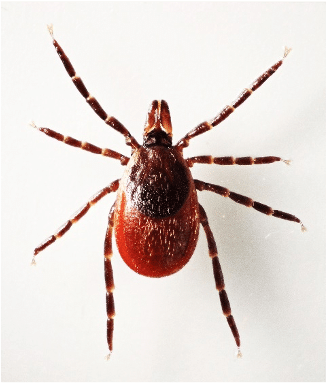
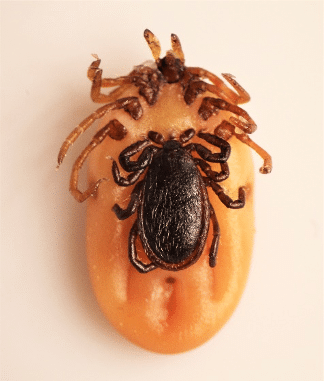
Deer keds (Lipoptena cervi) are sometimes called tick flies because of their resemblance to ticks (both are flattened dorsoventrally), but they behave rather differently. Keds move much faster than ticks, and don’t remain attached for long periods of time while feeding. They are indeed true flies, in the same group of insects as the typical house fly, but they remove their wings once they locate a host, to make it easier to move within the dense hair. The adult females and males both feed on blood, and the female carries one larva at a time internally, giving birth to a mature larva ready to pupate. This is rare among insects, which typically lay many eggs at one time. About 450 keds were collected off this one deer, so the strategy seems to be working for them!
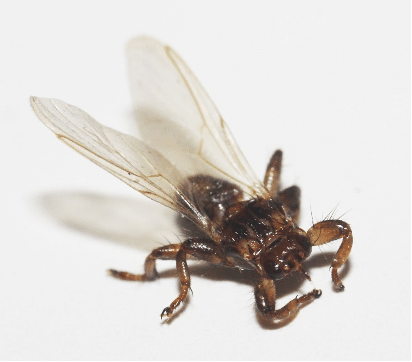
Winter ticks (Dermacentor albipictus) are closely related to the more familiar American dog tick (Dermacentor variabilis), but have a different life cycle. While most ticks utilize different hosts throughout their life cycle (feeding on three different animals as a larva, nymph, and adult), winter ticks spend their whole life on a single host, most commonly a deer, elk, or moose. They can be a serious problem for moose when infestations are severe. Three males of this species were collected off the deer. Although the winter tick has a broad distribution across North America, this trio represents the first Powdermill record.
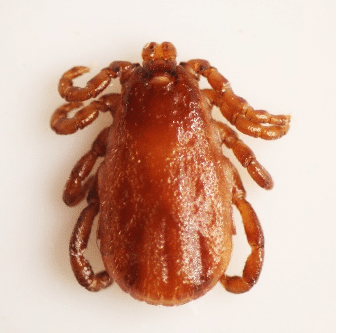
The fourth and final parasite recovered from the deer was a single female Lone Star tick (Amblyomma americanum). Easily recognized by the white dot on the back of adult females, Lone Star ticks are found across the eastern U.S. and use a variety of mammals and birds as hosts. This is our first time encountering this species at Powdermill as well!
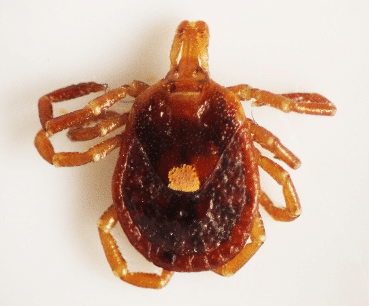
Penn State is conducting a citizen science project called PA Parasite Hunters to learn more about deer parasitology and vector-borne diseases, so the keds and ticks we collected will be sent there in order to contribute to these important studies.
Andrea Kautz is a Research Entomologist at Carnegie Museum of Natural History’s Powdermill Nature Reserve. Museum employees are encouraged to blog about their unique experiences and knowledge gained from working at the museum.
Related Content
An Annual Return to My Bug-Loving Roots
Ask a Scientist: What are murder hornets?
Carnegie Museum of Natural History Blog Citation Information
Blog author: Kautz, AndreaPublication date: December 14, 2020
